
by Lorri | Jul 15, 2015 | UnCorked
It may sound a little odd when I tell you I enjoy sitting around a table with friends painstakingly trying to guess a wine I just tasted. But it’s something we wine geeks do a lot, and I think anyone who enjoys wine should share the experience. Blind-tasting wine is the skill of determining the grape variety, region, vintage and producer (recommended for experts only) by using only sensory cues — color, aroma and taste.
It’s an easy and fun event to host. Start by asking guests to bring one bottle of wine. It’s more fun if you don’t attempt to trick one another with blends and unknown varietals. Start with familiar grapes, such as an oaked chardonnay, sauvignon blanc, Riesling and moscato for whites and merlot, cabernet sauvignon, pinot noir and shiraz for reds.
The tasting setup and equipment are the same as for other tastings: wine and water glasses for each participant, a spittoon and a few palate-cleansing snacks. As I always say, spit early, spit often and spit with confidence, because there may be more wines for tasting than you need. The only difference in setup is the use of wine bags or other cover to hide the bottles. If you don’t want to splurge on wine bags, something as simple as aluminum foil works well. (For those oenophiles you even go another step to be sure they can’t see the bottle shape because it can give the wine away.) Put a number on each bottle starting with whites and then going to reds.
Here are few wines to bring to the party that are straightforward and fun to explore.
THE VALUES
- 2013 Matchbook Chardonnay, California (about $15 retail)
- 2013 Chateau Ste. Michelle Riesling, Washington (about $13 retail)
- 2013 Oyster Bay Sauvignon, New Zealand (about $14 retail)
THE SPLURGES
- 2013 Force of Nature Cabernet Sauvignon, California (about $19 retail)
- 2011 Raptor Ridge Estate Pinot Noir, Oregon (about $45 retail)
- 2011 Reynolds Family Winery Merlot, California (about $40 retail)
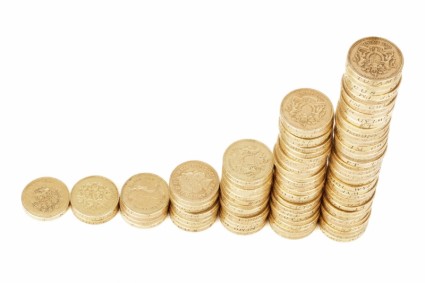
by Lorri | Jul 8, 2015 | UnCorked
I am frequently asked why wine costs what it does.
It’s an understandable concern when you consider there are hundreds of cabernet sauvignon versions lining retail shelves, with prices that range from as low as $7 to a whopping $500 a bottle.
One factor that influences pricing wine is scarcity. It’s simple economics: when demand exceeds the supply, then the available product will cost more.
Yet most wine pricing has more to do with production costs. Vineyard costs (land payments, resources and supplies) are a constant factor influencing price. Some Napa Valley vineyards, for example, with top pedigrees can cost upward of $300,000 an acre. Wines produced in these highly desirable regions are often also made using a very detailed process of growing and harvesting. Think of it as the difference between a mass-produced, assembly line automobile and a custom-made, hand-assembled one.
Some wines are made from grapes harvested by hand, making labor costs a contributing factor. And some go even further by hand sorting each grape, keeping only the best fruit from the harvest. That’s a lot of added labor when you consider many mass quantity wines are most likely made with grapes harvested by one person driving a tractor.
If a wine has spent time in a wood barrel, this adds another uptick to the price. There are many ways to obtain the influence of wood. Lesser quality wines may have been produced in vats the size of a small house, and get their oak influence from wood chips being dipped into the vat. Then consider the wines produced in wooden barrels. A typical 240-liter barrel can cost $1,000 to $1,200; depending on the wood and workmanship, some barrels cost many times more. Further adding to the cost, many of those barrels are only used one to three years in high-end boutique winemaking.
Time also plays a large part in final price. Some high-end Napa Valley wines may age six to seven years before hitting the retail shelves. An Italian Barolo may take three to four years, and some Champagne more than 10 years. That’s a lot of capital resting in a producer’s cellar.
So the simple answer to the question is not all wines are created equal.
When you pick up your next glass of a “splurge” wine, thinking of it as a handcrafted masterpiece may help take a bit of the sting out of the price, but more importantly, be sure to enjoy the art of its making.
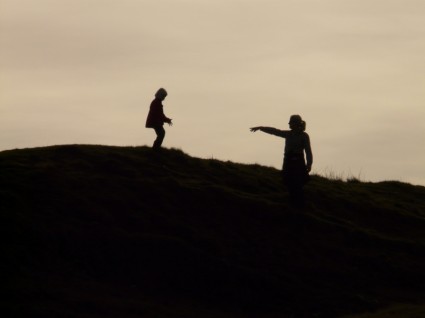
by Lorri | Jul 1, 2015 | UnCorked
Whenever I shop — be it for groceries, clothes or even shoes — I am always searching for those companies “giving back.” The idea of a winery “giving back” is not a new concept, but vineyards and wineries aren’t likely to immediately come to mind for most of us when we think of charitable companies.
More wineries are becoming involved in projects to benefit not only their community but others as well. I can’t think of a better way to spend money than enjoying a glass of wine and making a difference.
The Candoni De Zan family, owners of Candoni Wines, participates in several ongoing programs, including a partnership with the Arbor Day Foundation in connection with Earth Day. During certain months, the family pledges to plant a tree in a national forest for each case of Candoni Organic Merlot, Pinot Grigio and Buongiorno Red Blend sold. Candoni Wines also supports the National Breast Cancer Foundation with the sales of its Candoni Elviana Rosé.
Josh Cellars works with organizations that support first responders, current military and veterans. In the past, Josh Cellars has donated $1 for every bottle sold during November and December to Operation Homefront.
Onehope Wine is produced in partnership with Rob Mondavi Jr. The company donates half of the profits of wines sold during specific months to charities that focus on breast cancer and AIDS prevention, autism research and childhood hunger.
Charles Smith Wines works with a variety of groups and organizations including the American Heart Association, Planned Parenthood, Meals on Wheels, Ronald McDonald House and Alzheimer’s Association.
This list is far from comprehensive. Many other brands support a variety of organizations. So when you are looking for your next bottle to serve at a dinner party or just enjoy yourself, consider grabbing one that gives back.
THE VALUES
- 2014 Onehope Cabernet Sauvignon, California (about $14 retail)
- 2013 Candoni Organic Merlot, Italy (about $12 retail)
- 2013 Candoni Organic Pinot Grigio, Italy (about $12 retail)
THE SPLURGES
- 2013 Josh Cellars Merlot, California (about $20 retail)
- 2013 Charles Smith Syrah “Boom Boom,” Washington (about $18 retail)
- 2013 Josh Cellars Chardonnay, California (about $20 retail)
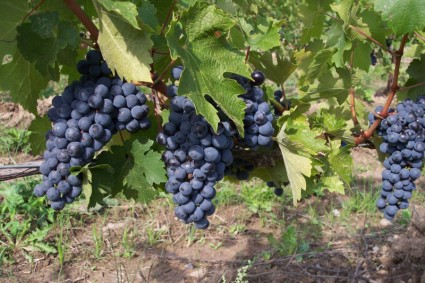
by Lorri | Jun 24, 2015 | UnCorked
The carmenere grape has an unusual story. At one time the grape was a mainstay in the vineyards of Bordeaux and often used for blending. In the 19th century growers stopped cultivating the grape (some believe the vines were wiped out by Phylloxera in the 1870s) and it was believed to be extinct. But in the 1990’s carmenere was “rediscovered” flourishing a world away in the vineyards of Chile. It is thought that the grape made its way to South America by way of cuttings mixed in with the more well-known merlot and cabernet.
Chilean wineries were selling enormous amounts of fruity, easy-drinking merlot — or so they thought. One day a viticulturist noticed an odd difference between the merlot vines planted in one vineyard compared to those planted in another. Not only were the plants different but also they were ripening at different times. After a few tests it was discovered that the merlot plants in one of the vineyards weren’t merlot at all but carmenere.
Chilean winemakers turned the near catastrophe into a well-timed opportunity to bring this unique wine to the world’s attention. Chile’s climate was ideal for carmenere and with excellent producers who pampered the fruit into its distinct style, no one can claim it was the result of an accident.
Carmenere can be compared to the taste of merlot. It has a very approachable style of low acid and soft tannins. It offers an almost green pepper and spice unlike most red wines. If you haven’t explored this grape you are in for a treat.
THE VALUES
- 2013 Root 1 Carmenere, Chile (about $12 retail)
- 2013 Puerto Viejo Carmenere, Chile (about $13 retail)
- 2011 Maquis Carmenere Colchagua Valley, Chile, (about $15 retail)
THE SPLURGES
- 2013 Montes Alpha Carmenere, Chile (about $24 retail)
- 2013 La Playa Axel Carmenere, Chile (about $25 retail)
- 2012 Antiyal Red Blend Maipo Valley, Chile (about $60 retail)
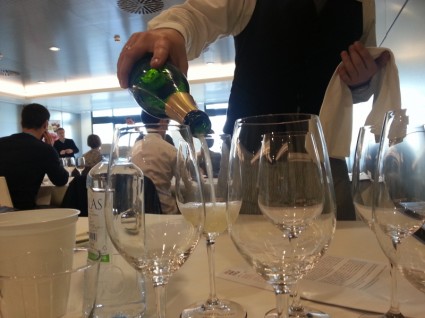
by Lorri | Jun 17, 2015 | UnCorked
The Art of Wine is one of my favorite wine functions. The annual three-day event benefits the Walton Arts Center’s educational programs and offers wine enthusiasts the opportunity to sample hundreds of wines. Each year it continues to impress. This year’s event, held June 11-13, went beyond my expectations.
Here are some wines featured this year worth seeking for your everyday enjoyment and or special occasion splurges.
THE VALUES
- 2014 Candoni Organic Pinot Grigio, Italy (about $12 retail)
- 2013 Van Ruiten Cabernet, California (about $16 retail)
- 2014 Barkan Pinot Noir Classic, Israel (about $13 retail)
- 2013 Matchbook Chardonnay, California (about $12 retail)
- 2014 Stella Rosa Platinum, California (about $14 retail)
- 2014 Force of Nature Red Blend, California (about $14 retail)
- 2013 Alamos Malbec, Argentina (about $10 retail)
- 2014 Stellar Organics Merlot, South Africa (about $11 retail)
- 2013 Tercos Malbec, Argentina (about $12 retail)
THE SPLURGES
- 2014 Left Coast Cellars Pinot Noir, Oregon (about $24 retail)
- 2013 Mira Cabernet Sauvignon, California (about $52 retail)
- 2010 Kopke 10-Year Port, Portugal (about $33 retail)
- 2013 Round Pond Kith and Kin Cabernet Sauvignon, California (about $29 retail)
- 2013 Tooth and Nail “The Stand,” California (about $26 retail)
- 2014 Raptor Ridge Barrel Select Pinot Noir, Oregon (about $26 retail)
- 2013 The Creator by Charles Smith, California (about $72 retail)
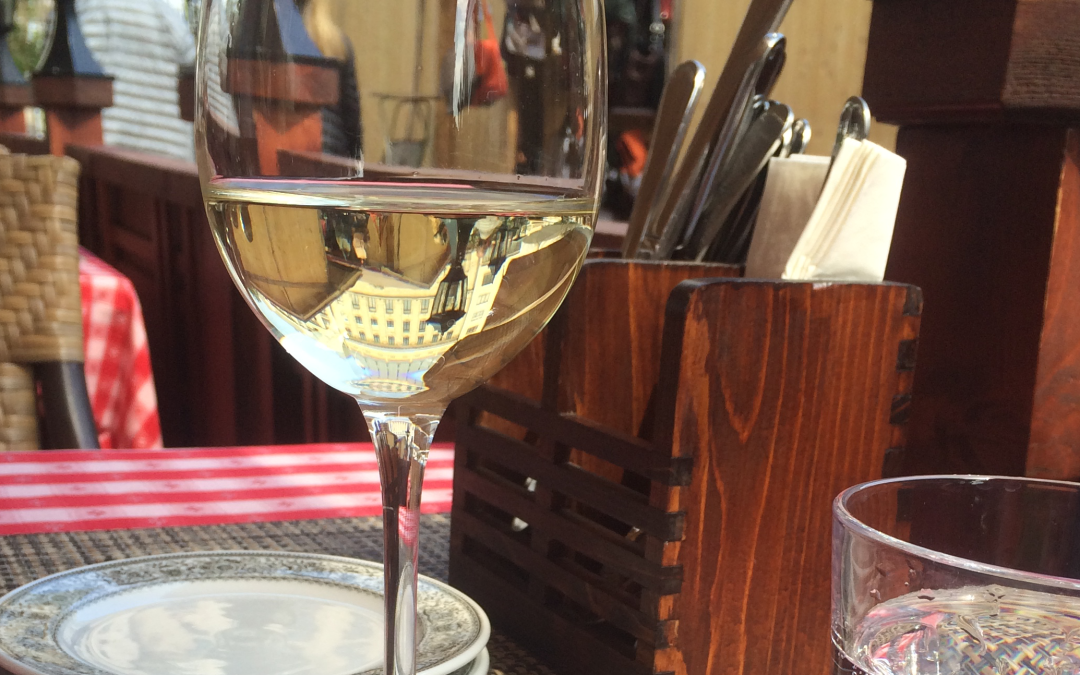
by Lorri | Jun 10, 2015 | UnCorked
I had the opportunity to taste my way through Hungary recently. Of course, wine was my top priority. Tokaji, or Tokay as it is commonly written in English, has long been one of my favorite wines. As is often the case when traveling, things taste exceptional when you experience them relaxing on vacation.
Tokaji comes from the region of Tokaj in the northeast corner of the country. The terroir of the region is conducive for the development of botrytis (noble rot or aszusodas, as the Hungarians call it) in the furmint and harslevelu grapes.
There is more than one style of this wine. Most of us are more familiar with the sweet Tokaji Aszu made from botrytized grapes. Within this style there are sweetness levels identified by the number of puttonyos. Puttony is the name of the wooden hod used for harvesting the grapes. The rotting botrytized grapes are put into these wooden tubs for about a week. A minuscule amount of juice known as “essencia” will run out naturally. This juice is known as an elixir of life for many Hungarians. After the runoff of the juice, the grapes are pounded into a paste and added to a dry wine. The more puttonyos (tubs of paste) added to the wine, the sweeter the resulting product.
A wine labeled Tokaji Aszu 3 puttonyos will have a minimum of 60 grams of residual sugar; 4 puttonyos, 90 grams; 5 puttonyos, 120 grams; and 6 puttonyos, 150 grams.
The most rare of the Tokaji wines is Tokaji Aszu Essencia. It has long been claimed that this wine has medicinal benefits and was used as a revitalizing tonic. In the 19th and early 20th centuries, the wine was given to the seriously ill and, it was claimed, it’s what brought them back to robust health. Hand-selected noble rot berries are placed into a large barrel or keg. They are not filled to the top to allow for an extremely slow oxidizing process. Adding to the rarity is the time involved to produce this wine. A wine labeled as 2 puttonyos will have aged a minimum of four years and a 6-pottonyos bottle will have aged eight years.
THE VALUE
- 2003 Tokajbor-Bene 3 Puttonyos, Hungary (about $24 retail)
THE SPLURGE
- 2003 Tokajbor-Bene 6 Puttonyos, Hungary (about $55 retail)





